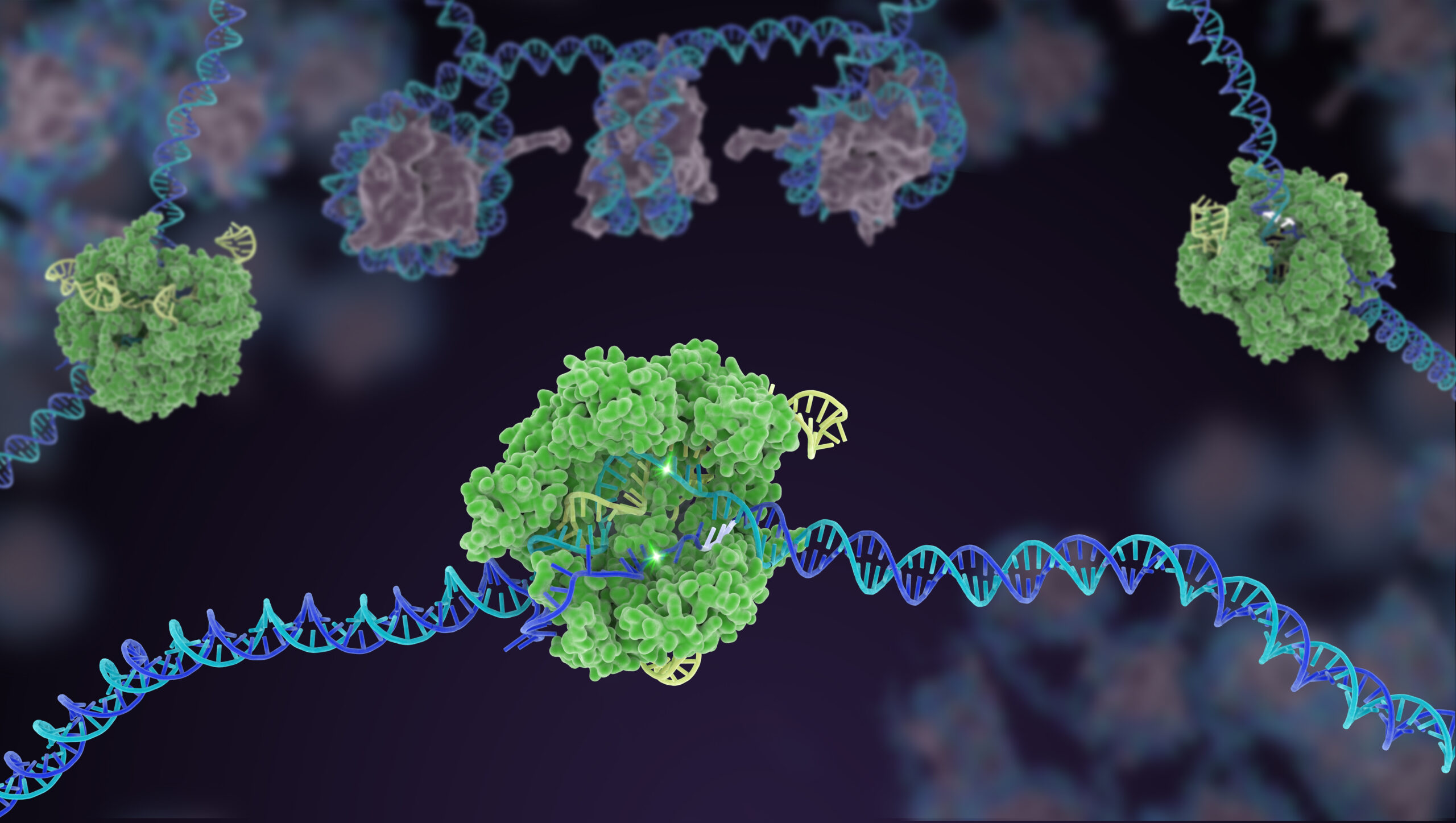CRISPR-Cas9 technology has transformed the field of disease modelling, providing valuable insights into the genetic basis of various disorders. By leveraging CRISPR’s simplicity, flexibility, and precision, researchers can create in vivo disease models that closely mimic human diseases, facilitating the investigation of gene functions and the testing of potential therapies.
Some notable aspects of CRISPR’s contribution to disease modelling include:
* Generating complex genomic alterations, such as chromosomal rearrangements, to recapitulate the genetic underpinnings of diseases like cancer.
* Establishing cell models of human diseases, which can reduce research times and costs compared to traditional animal models.
* Creating organoid models that serve as surrogates for in vivo mouse experiments, thereby reducing the reliance on animal testing.
* Exploring the functional roles of specific genes in disease contexts, leading to a deeper understanding of disease mechanisms.
Despite these advances, CRISPR-Cas9 technology faces challenges related to off-target effects, delivery difficulties, and ethical concerns. Addressing these challenges will be essential for fully harnessing CRISPR’s potential in disease modelling and ultimately translating these findings into innovative therapies.
How does CRISPR-based gene editing work in disease modelling
CRISPR-based gene editing works in disease modelling by allowing researchers to create in vivo disease models that closely mimic human diseases. The CRISPR system is composed of two key parts: a CRISPR-associated (Cas) nuclease, which binds and cuts DNA, and a guide RNA sequence (gRNA), which directs the Cas nuclease to its target. By using CRISPR to cut specific DNA sequences, researchers can introduce or correct mutations that cause genetic diseases, allowing them to study the underlying genetic causes of the disease. CRISPR can also be used to create cell models of disease, such as in human pluripotent stem cells, and to explore the functional roles of specific genes in disease contexts, leading to a deeper understanding of disease mechanisms.
CRISPR technology has enabled researchers to generate complex genomic alterations, such as chromosomal rearrangements, to recapitulate the genetic underpinnings of diseases like cancer. It has also allowed for the creation of organoid models that serve as surrogates for in vivo mouse experiments, thereby reducing the reliance on animal testing[1].
Despite these advances, CRISPR-Cas9 technology faces challenges related to off-target effects, delivery difficulties, and ethical concerns. Addressing these challenges will be essential for fully harnessing CRISPR’s potential in disease modelling and ultimately translating these findings into innovative therapies.
What are some of the limitations of using CRISPR for disease modelling compared to other methods ?
CRISPR-based gene editing offers several advantages over other methods of disease modelling, but it also presents some limitations. Here are some comparisons between CRISPR and other methods:
Advantages:
Precision: CRISPR allows for highly specific editing of genes, enabling researchers to investigate the functions of specific genes in disease contexts.
Versatility:
CRISPR can be used across a broad range of organisms, including mammals, plants, and microorganisms.
Speed and ease of use:
CRISPR is easier to perform and less expensive than other gene editing technologies, making it accessible to a wider range of researchers.
Limitations:
Off-target effects: CRISPR occasionally edits unwanted sites within the genome, which can lead to false conclusions and complicate data interpretation.
Efficiency:
While CRISPR is generally efficient, achieving complete editing in certain contexts, such as cancer therapy, can be challenging.
Delivery:
Getting CRISPR components into cells, tissues, and organs can be technically demanding, particularly in vivo.
Ethical concerns:
The use of CRISPR in human germline modification raises profound ethical questions, and careful consideration must be given to the potential consequences of such actions.
Long-term safety:
The impact of CRISPR-mediated changes on the evolution and stability of populations is not yet fully understood.
These limitations highlight the importance of rigorous experimental design, validation, and careful consideration of the broader implications of CRISPR-based gene editing in disease modelling and beyond.
Conclusion :
In conclusion, CRISPR-Cas9 technology has revolutionized disease modelling, providing invaluable insights into the genetic basis of various disorders. Its ability to create precise genetic alterations in vivo has accelerated research by generating complex disease models and organoids. Despite facing challenges such as off-target effects and delivery issues, CRISPR offers unparalleled precision and versatility. However, careful consideration of ethical concerns and rigorous validation are crucial for maximising its potential in disease modelling and therapeutic development.
Citations:
[1] https://www.ncbi.nlm.nih.gov/pmc/articles/PMC4592741/
[2] https://www.ncbi.nlm.nih.gov/pmc/articles/PMC7508700/
[3] https://www.ncbi.nlm.nih.gov/pmc/articles/PMC9428373/
[4] https://www.ncbi.nlm.nih.gov/pmc/articles/PMC10239226/
[5] https://www.ncbi.nlm.nih.gov/pmc/articles/PMC7150498/




